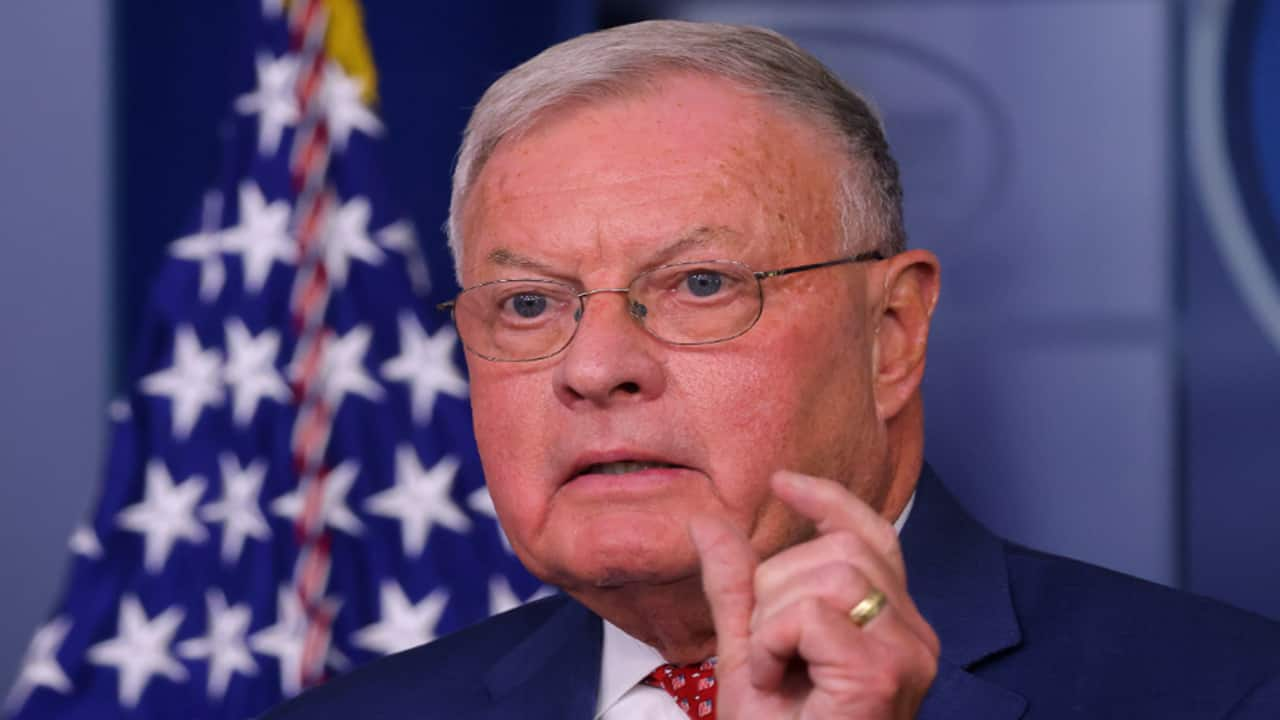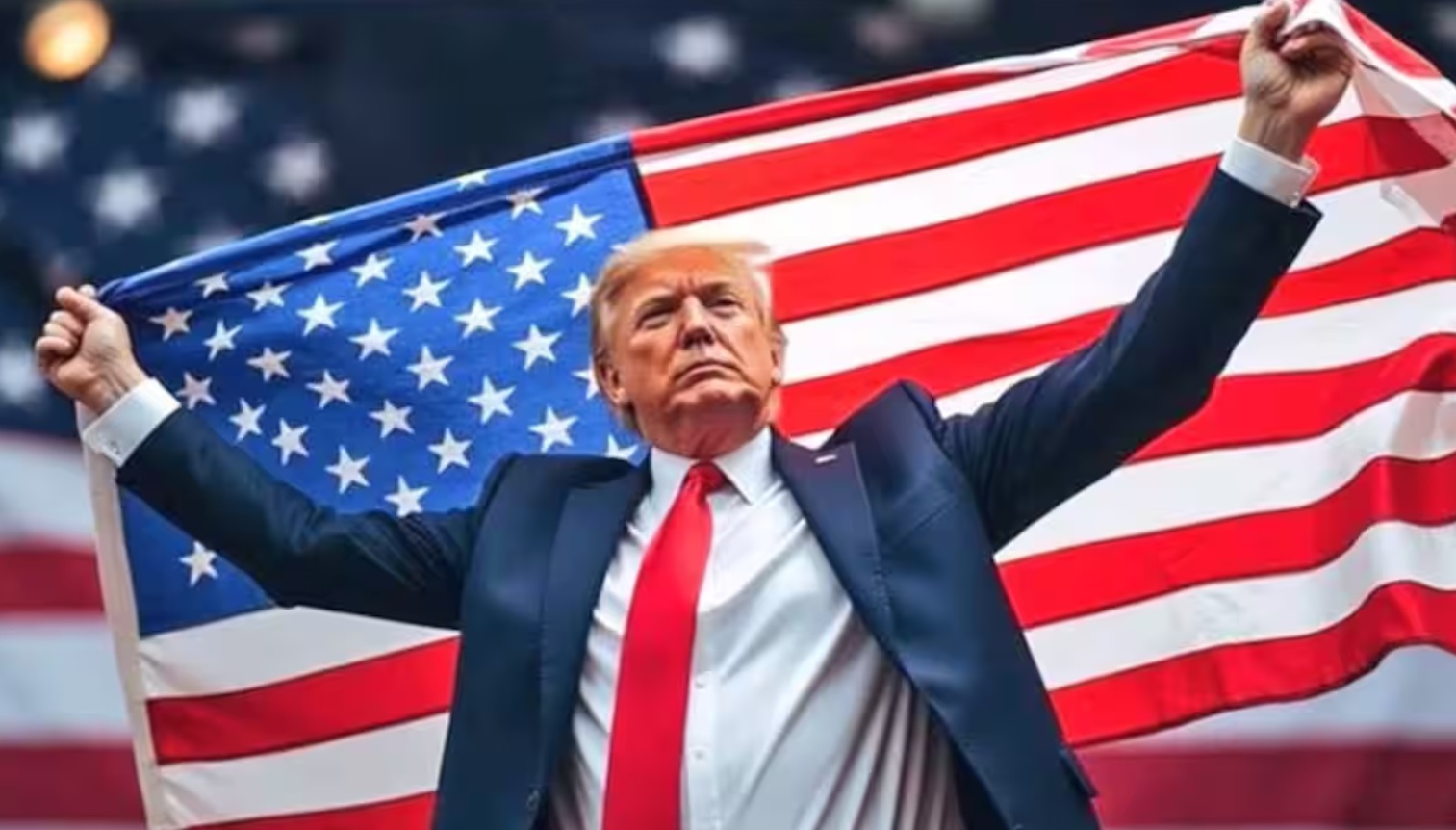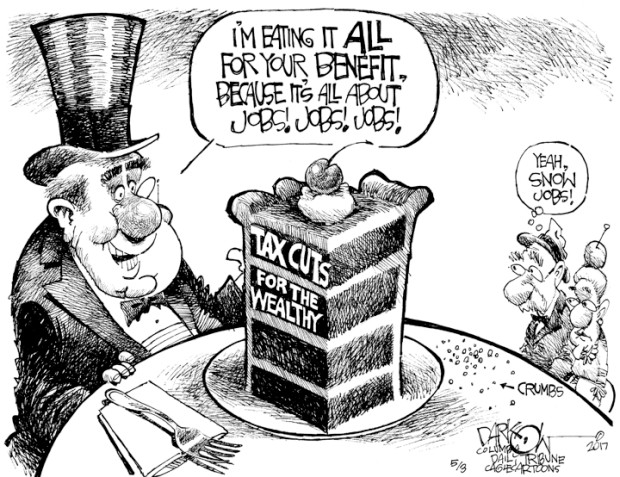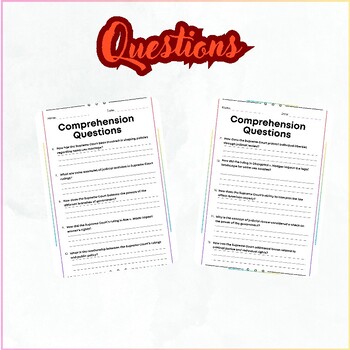

The Trump Doctrine: 10 Key Policy Shifts That Reshaped America
Donald Trump’s presidency, a period marked by unprecedented disruption and dramatic shifts in American foreign and domestic policy, has left an indelible mark on the nation. While debates rage on about his legacy, analyzing the core tenets of his “Trump Doctrine” reveals a distinct set of policy shifts that fundamentally reshaped the American landscape. This isn’t a simple appraisal of success or failure, but rather an exploration of the key changes implemented and their lasting impact.
1. America First: A Reversal of Global Engagement
Trump’s “America First” slogan wasn’t merely a campaign catchphrase; it became the guiding principle of his foreign policy. This involved a retreat from multilateral agreements and a prioritization of bilateral deals perceived as more beneficial to the US. The renegotiation of NAFTA (USMCA) and withdrawal from the Trans-Pacific Partnership (TPP) exemplify this shift towards a more nationalistic, protectionist approach.
2. Unilateralism Over Multilateralism:
The Trump administration displayed a distinct preference for unilateral action, often bypassing traditional alliances and international organizations. This approach was evident in his decisions regarding the Iran nuclear deal, the Paris Agreement on climate change, and the World Health Organization. The consequences of this shift are still unfolding, prompting discussions about the role of the US in global governance.
3. Renegotiation of Trade Deals: A Protectionist Stance
Trade became a central battleground under Trump. He initiated trade wars, imposing tariffs on goods from China and other nations, aiming to protect American industries and jobs. This strategy sparked global economic uncertainty and triggered retaliatory measures from other countries.
4. Immigration Restriction and Border Security:
Trump’s hardline stance on immigration dominated his domestic agenda. The construction of a wall along the US-Mexico border, increased border security measures, and stricter immigration enforcement policies significantly altered the nation’s immigration landscape, sparking intense debate about human rights and national security.
5. Deregulation Across Multiple Sectors:
The Trump administration pursued a significant deregulation agenda, rolling back environmental regulations, financial regulations, and labor protections. Proponents argued this boosted economic growth and reduced bureaucratic burden, while critics voiced concerns about environmental damage and worker safety.
6. Judicial Appointments: A Conservative Reshaping of the Courts
Trump’s appointment of three conservative justices to the Supreme Court dramatically shifted the ideological balance of the court. This had far-reaching implications for numerous legal issues, including abortion rights, gun control, and environmental protection.
7. Tax Cuts: A Focus on Corporate and Wealthy Individuals
The Tax Cuts and Jobs Act of 2017 significantly lowered corporate and individual income tax rates. While proponents claimed it stimulated economic growth, critics argued it disproportionately benefited the wealthy and increased the national debt.
8. Military Spending Increase: A Renewed Focus on Defense
Trump significantly increased military spending, advocating for a stronger military and a more assertive foreign policy. This reflected a departure from the Obama administration’s emphasis on diplomacy and a return to a more traditional emphasis on military might.
9. Emphasis on Energy Independence: Promoting Fossil Fuels
The Trump administration actively promoted domestic energy production, particularly fossil fuels, rolling back regulations on coal mining and oil drilling. This reflected a clear prioritization of energy independence and a rejection of policies aimed at combating climate change.
10. Populist Rhetoric and Direct Communication:
Trump utilized social media and direct communication to bypass traditional media outlets and engage directly with his base. This approach, characterized by populist rhetoric and a rejection of established norms, fundamentally altered the political discourse and media landscape.
| Policy Area | Key Shift | Impact |
|---|---|---|
| Foreign Policy | America First, Unilateralism | Reduced global engagement, strained alliances |
| Trade | Protectionism, Trade Wars | Economic uncertainty, retaliatory measures |
| Immigration | Stricter enforcement, border wall | Increased deportations, humanitarian concerns |
| Regulation | Significant deregulation | Economic growth vs. environmental/worker safety |
| Judicial Appointments | Conservative judges | Shift in judicial philosophy |
| Economic Policy | Tax cuts | Increased national debt, wealth inequality |
| Military Spending | Significant increase | Stronger military, increased defense budget |
| Energy Policy | Emphasis on fossil fuels | Increased energy independence, climate concerns |
| Communication | Populist rhetoric, direct engagement | Altered political discourse, media landscape |
The Trump Doctrine remains a subject of intense debate and analysis. Its long-term consequences are yet to be fully understood, but its profound impact on American policy and the global order is undeniable. The shifts outlined above have reshaped the political, economic, and social landscape, leaving a legacy that will continue to shape discussions and policy decisions for years to come.

Additional Information
A Deeper Dive into The Trump Doctrine: 10 Key Policy Shifts and Their Broader Implications
While a concise summary of “The Trump Doctrine” outlines ten key policy shifts, a deeper analysis requires examining their interconnectedness, underlying rationale, and long-term consequences. Simply listing shifts is insufficient; we must analyze their impact on domestic and international affairs, considering both intended and unintended outcomes.
1. America First: Beyond Nationalistic Rhetoric
The “America First” slogan, while seemingly simple, represented a fundamental shift in foreign policy prioritizing national interests above multilateralism. This wasn’t merely a rhetorical flourish; it manifested in concrete actions: renegotiating NAFTA (creating USMCA), withdrawing from the Trans-Pacific Partnership (TPP), and questioning NATO’s value proposition.
- Analysis: The economic implications were mixed. USMCA arguably secured some better terms for the US, while withdrawal from TPP potentially hampered US influence in the Asia-Pacific region and benefited China. The impact on NATO alliances was destabilizing, raising questions about US commitment to collective security and emboldening revisionist powers.
2. Immigration and Border Security: A Multifaceted Challenge
The Trump administration’s hardline stance on immigration involved building a border wall, enacting stricter enforcement measures, and implementing the “travel ban.”
- Analysis: The effectiveness of the wall remains highly debated, with limited evidence supporting its claimed deterrent effect. The increased enforcement led to family separations at the border, drawing significant international criticism. The travel ban faced legal challenges and raised concerns about religious discrimination. The long-term impacts on immigration patterns and US-Mexico relations are still unfolding.
3. Deregulation and Economic Nationalism:
This involved rolling back environmental regulations, financial regulations (Dodd-Frank), and easing restrictions on businesses.
- Analysis: Supporters argued this spurred economic growth and reduced bureaucratic burdens. Critics pointed to environmental damage, increased financial risks, and potential erosion of worker protections. Quantifying the net economic impact is complex and requires considering various factors beyond simple GDP growth. Long-term environmental costs might significantly outweigh short-term economic gains.
4. Trade Wars and Protectionism:
The administration initiated trade wars with China and other countries, imposing tariffs on various goods.
- Analysis: While some argue this pressured trading partners to negotiate better terms, the trade wars resulted in increased prices for consumers, disrupted supply chains, and harmed certain sectors of the US economy. The long-term consequences, particularly regarding the US-China relationship, remain a significant area of ongoing research and debate.
5. Judicial Appointments: Shaping the Supreme Court and Lower Courts:
The appointment of three conservative justices to the Supreme Court profoundly shifted the balance of the court and influenced legal decisions for decades.
- Analysis: This had implications for numerous areas of law, including abortion rights (Roe v Wade overturn), gun control, and environmental regulations. The impact is far-reaching and will likely shape American society and politics for generations to come.
6. Energy Independence and Fossil Fuels:
The administration promoted fossil fuel production and withdrew from the Paris Agreement on climate change.
- Analysis: This had immediate effects on energy prices and employment in the fossil fuel industry. However, the long-term environmental consequences – increased greenhouse gas emissions and accelerating climate change – are likely to outweigh any short-term economic benefits.
7. Military Spending and a More Assertive Foreign Policy (in some areas):
Increased military spending coupled with a more assertive approach in certain regions, while simultaneously withdrawing from others (e.g., Syria).
- Analysis: This created a mixed picture in terms of US global engagement. While some perceived it as strength, others viewed it as inconsistent and unpredictable, potentially undermining alliances and emboldening adversaries.
8. Populism and Nationalism: Reshaping the Political Landscape:
The Trump presidency tapped into populist sentiment, using nationalist rhetoric to mobilize a base and challenge established political norms.
- Analysis: This led to increased political polarization, the erosion of trust in institutions, and the rise of alternative media sources. The long-term implications for the stability of the democratic process in the US are still being assessed.
9. The Role of Technology and Social Media:
The Trump administration’s utilization of social media and its ambivalent relationship with technology giants created a new dynamic in political communication and governance.
- Analysis: This amplified both the reach of the administration’s message and the potential for misinformation and manipulation. Debates surrounding Section 230 and social media regulation are directly tied to this policy approach.
10. Dealing with Pandemics (COVID-19 Response):
The administration’s response to the COVID-19 pandemic became a defining feature of its legacy, generating criticism and praise in equal measure.
- Analysis: The response’s effectiveness and consistency are highly debated. It is too early to fully analyze its long-term impact on public health, the economy, and the credibility of government institutions. However, the handling of the pandemic undeniably shaped the political landscape and public opinion.
In conclusion, analyzing “The Trump Doctrine” necessitates a nuanced understanding of the interplay between these ten policy shifts. A simple enumeration is insufficient; a comprehensive analysis requires examining their interconnectedness, assessing their intended and unintended consequences, and acknowledging the ongoing debate surrounding their efficacy and long-term impact on American society and the global order. Further research and data analysis are required to fully understand the enduring legacy of these policies.




